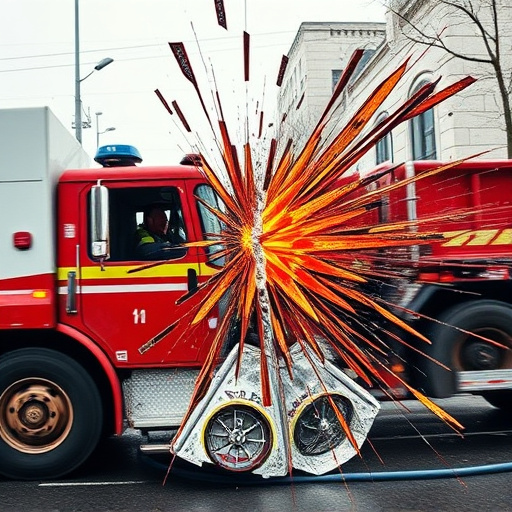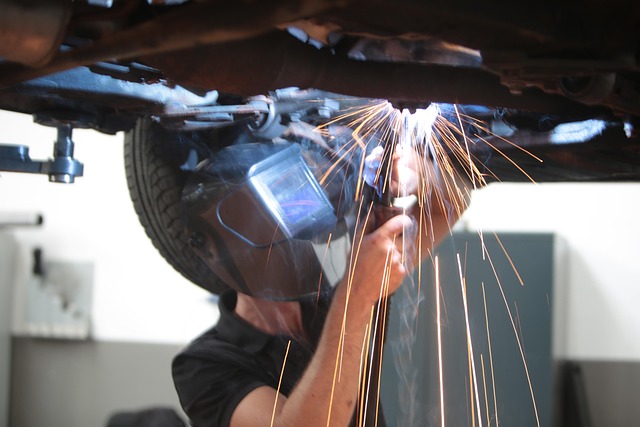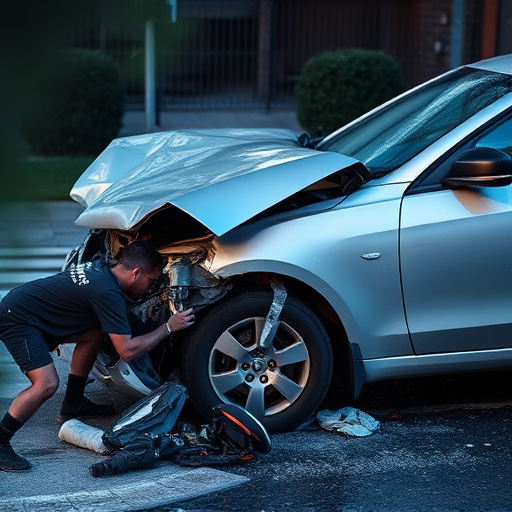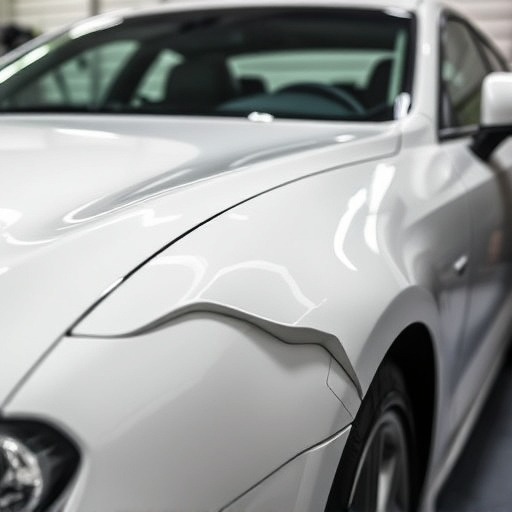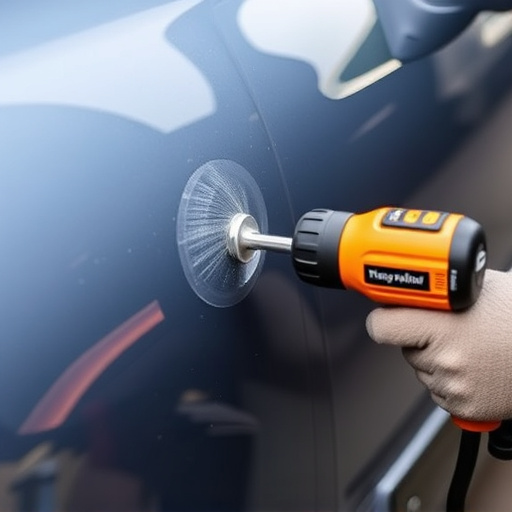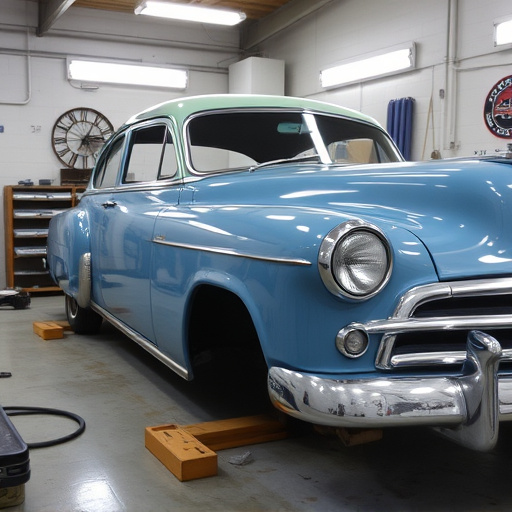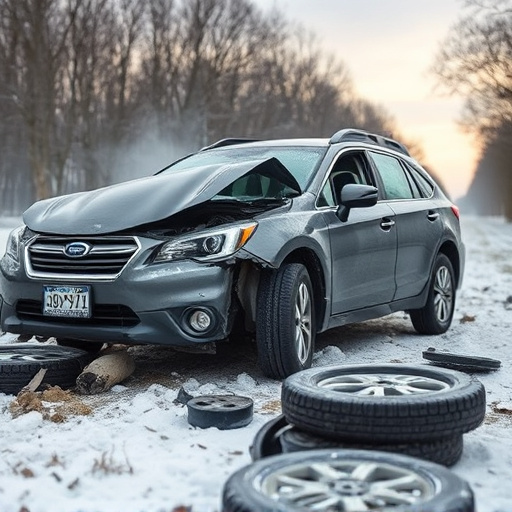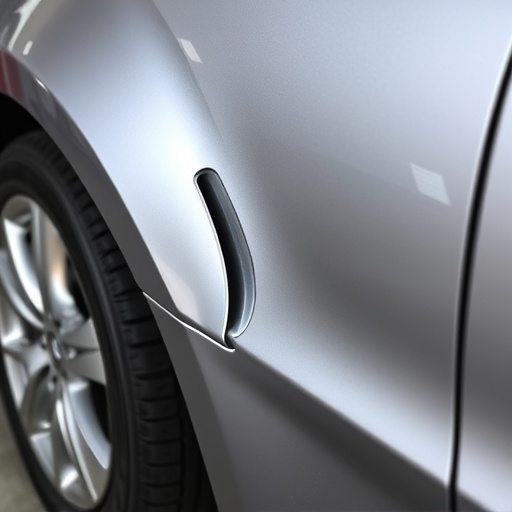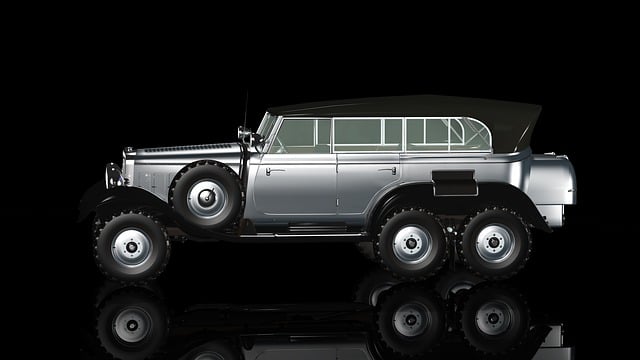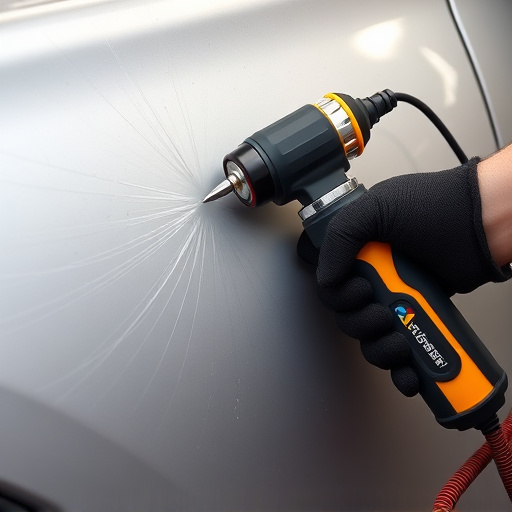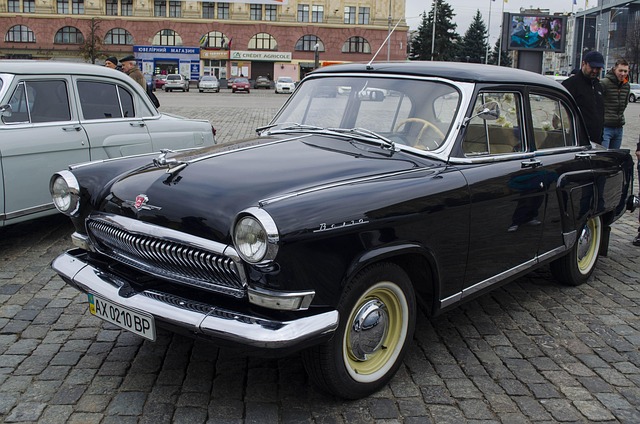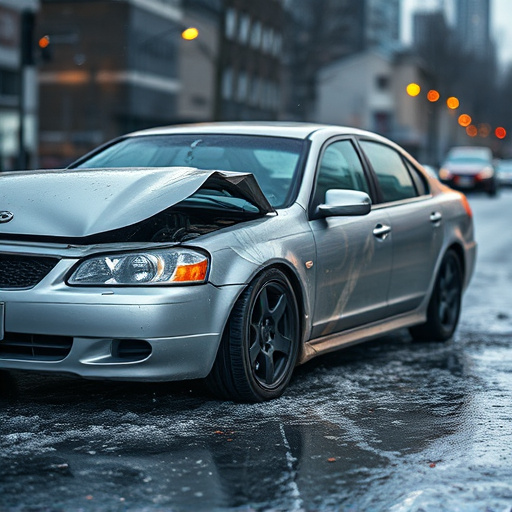Vehicle restoration services prioritize meticulous frame work for safety and aesthetic restoration, using advanced techniques like CAD design, robotic welding, composite materials, and high-tech paints to ensure structural integrity, precision repairs, and long-lasting results for classic or damaged vehicles.
In the realm of vehicle restoration services, laying a robust foundation is paramount. This article delves into the heart of this process, exploring frame and structural work—essential elements that underpin every successful restoration. We unravel the intricate role frames play in vehicle restoration, highlighting advanced techniques designed to ensure structural integrity. From understanding the fundamentals to mastering cutting-edge methods, this guide offers a comprehensive look at transforming rusted remains into gleaming classics.
- Understanding Vehicle Restoration's Foundation: Frame and Structural Work
- The Role of Frames in Vehicle Restoration Process
- Advanced Techniques for Structural Integrity in Car Restoration
Understanding Vehicle Restoration's Foundation: Frame and Structural Work
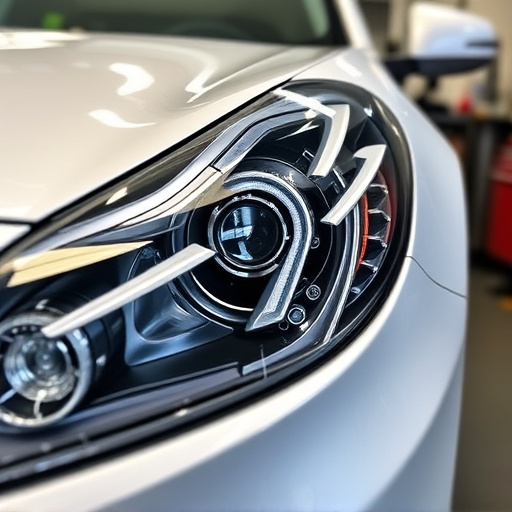
The foundation of any vehicle restoration lies in meticulous frame and structural work. In the realm of vehicle restoration services, this involves careful assessment and repair of the car’s framework, ensuring it meets safety standards and provides a solid base for subsequent auto body repairs. Collision damage repair often requires skilled technicians to realign metal panels, replace damaged components, and stabilize the overall structure, essentially transforming a compromised vehicle into a safe and roadworthy one.
Proper frame and structural work not only enhances the car’s safety features but also plays a pivotal role in preserving its aesthetic appeal. This is particularly crucial for classic or vintage vehicles where every detail matters. Skilled restorers employ advanced techniques to address any misalignments, ensuring that the car maintains its original shape and dimensions, just like new. As a result, these services are indispensable for anyone seeking to revive their vehicle’s former glory, be it for personal use or as part of a specialized auto body repair project.
The Role of Frames in Vehicle Restoration Process
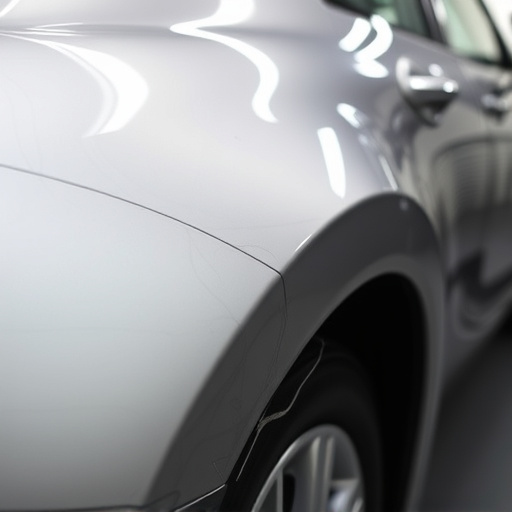
The frame is the backbone of any vehicle, providing structural integrity and serving as a foundation for all other components. In vehicle restoration services, the role of frames cannot be overstated. It’s a critical step that involves meticulous inspection, repair, or replacement to ensure the restored vehicle meets safety standards and offers optimal performance. A well-restored frame is essential for a seamless integration of auto body services, collision repair services, and other specialized treatments, ensuring the final product is not just visually appealing but also structurally sound.
During the restoration process, frames undergo rigorous assessments to identify damage, corrosion, or deformities. Skilled technicians then employ advanced techniques, including welding, straightening, and precision measuring, to return the frame to its original specifications. This meticulous attention to detail is crucial in aligning with industry standards for auto maintenance, as it guarantees that every restored vehicle is safe to drive and reliable over time.
Advanced Techniques for Structural Integrity in Car Restoration
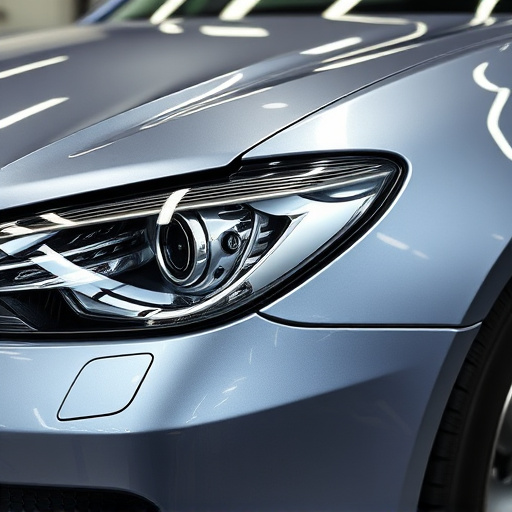
In the realm of vehicle restoration services, achieving structural integrity is paramount to ensure the longevity and safety of restored vehicles. Advanced techniques have emerged to meet this challenge, leveraging cutting-edge technology and meticulous craftsmanship. One such method involves computer-aided design (CAD) software, which allows restorers to precisely measure and analyze the vehicle’s frame, identifying any weaknesses or damage that may have gone unnoticed through traditional methods. This digital approach ensures every detail is accounted for in the restoration process, enhancing overall structural integrity.
Additionally, modern auto body repairs incorporate specialized equipment like robotic welding systems and advanced composite materials. These innovations offer enhanced precision and strength, allowing restorers to rebuild damaged vehicle bodywork with remarkable accuracy and durability. Furthermore, car paint services have also evolved, utilizing high-tech paints that provide superior coverage and protection against corrosion, a common issue in older vehicles. Such advancements not only restore the aesthetic appeal of vehicles but also guarantee their structural soundness, making them safer and more reliable on the road.
In the realm of vehicle restoration services, meticulous frame and structural work forms the very foundation of a successful transformation. By understanding the pivotal role frames play and employing advanced techniques to ensure structural integrity, restorers can deliver exceptional results that truly showcase the art of car restoration. These precise methods not only preserve history but also enhance the overall quality and longevity of restored vehicles.

